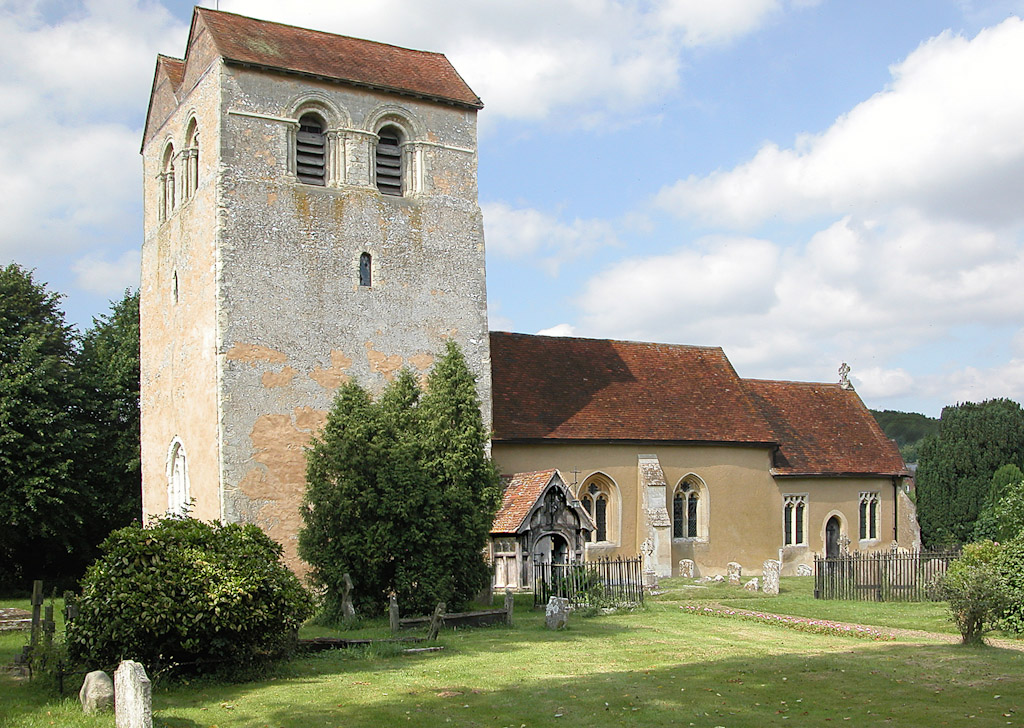We are extremely fortunate to live in a beautiful and relatively unspoilt part of the country. The special nature of the area is recognised at both district and national level and measures exist to protect and enhance both the landscape and built environment. These measures may restrict what development work is allowed.

St. Bartholomew, a Grade 1 Listed Building in the Fingest Conservation Area
Area of Outstanding Natural Beauty
The whole of the parish lies within the Chilterns AONB. AONBs receive the highest status of protection for their landscape and scenic beauty, equal to National Parks.
Planning authorities have a legal duty to "have regard to the purpose of conserving and enhancing the natural beauty of the AONB" and the presumption is that no development, minor or major, should be permitted unless it can be demonstrated that it fulfils this purpose.
Our AONB is looked after by the Chilterns Conservation Board and they have prepared advice, including the Chilterns Buildings Design Guide and various technical notes, to help householders and landowners make well-informed choices when considering making changes to their properties or land. The advice covers all aspects of building renovation, extensions, appropriate materials, outbuildings, boundary treatments etc.
Conservation Areas
Conservation areas are areas of special architectural or historic interest which are considered worthy of preservation or enhancement. They are designated by the District Council under the provisions of Section 69 of the Planning (listed Buildings and Conservation Areas) Act 1990.
Designation of a conservation area gives broader protection than the listing of individual buildings. All the features, listed or otherwise, within the area, are recognised as part of its character. Conservation area designation is the means of ensuring that planning decisions address the quality of the landscape in its broadest sense.
Changes to the external appearance of a building in a conservation area may require planning permission from the local planning authority that is not required elsewhere as some permitted development rights are curtailed.
Any work planned to a tree in a conservation area must be notified to the local planning authority six weeks in advance so that the local planning authority may determine whether or how the work to the tree should take place.
Under the National Planning Policy Framework (NPPF) conservation areas are designated heritage assets and their conservation is to be given great weight in planning permission decisions.
Historic England provides useful guidance within the following links: